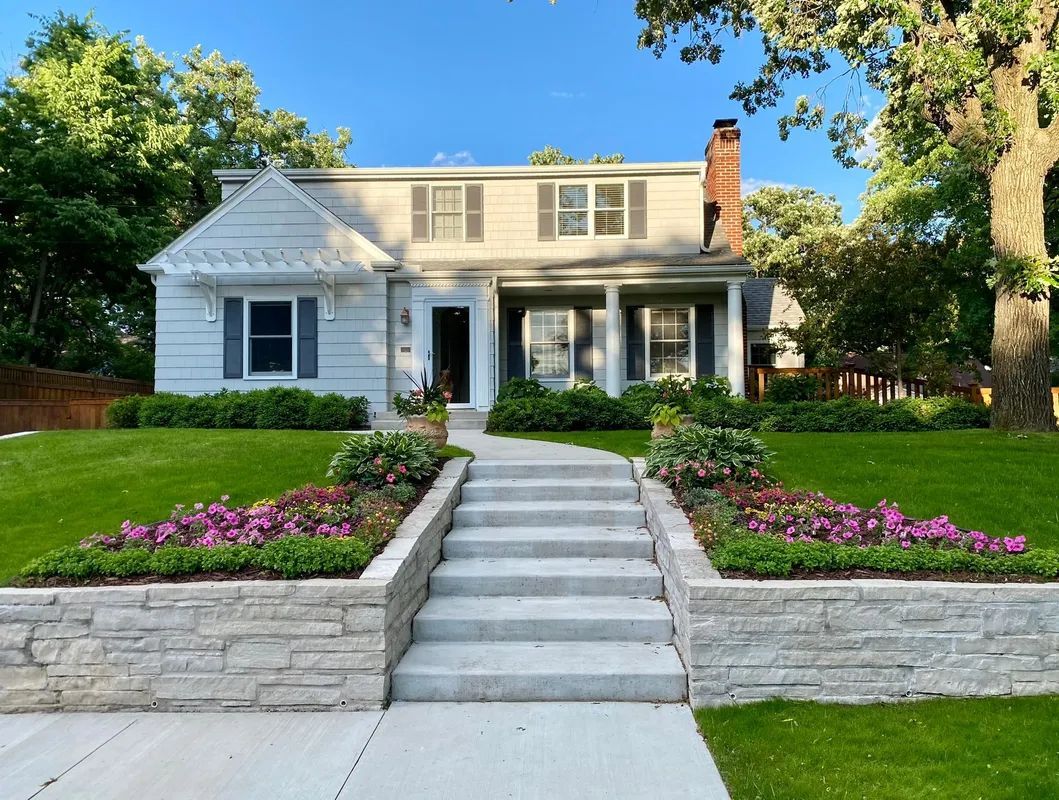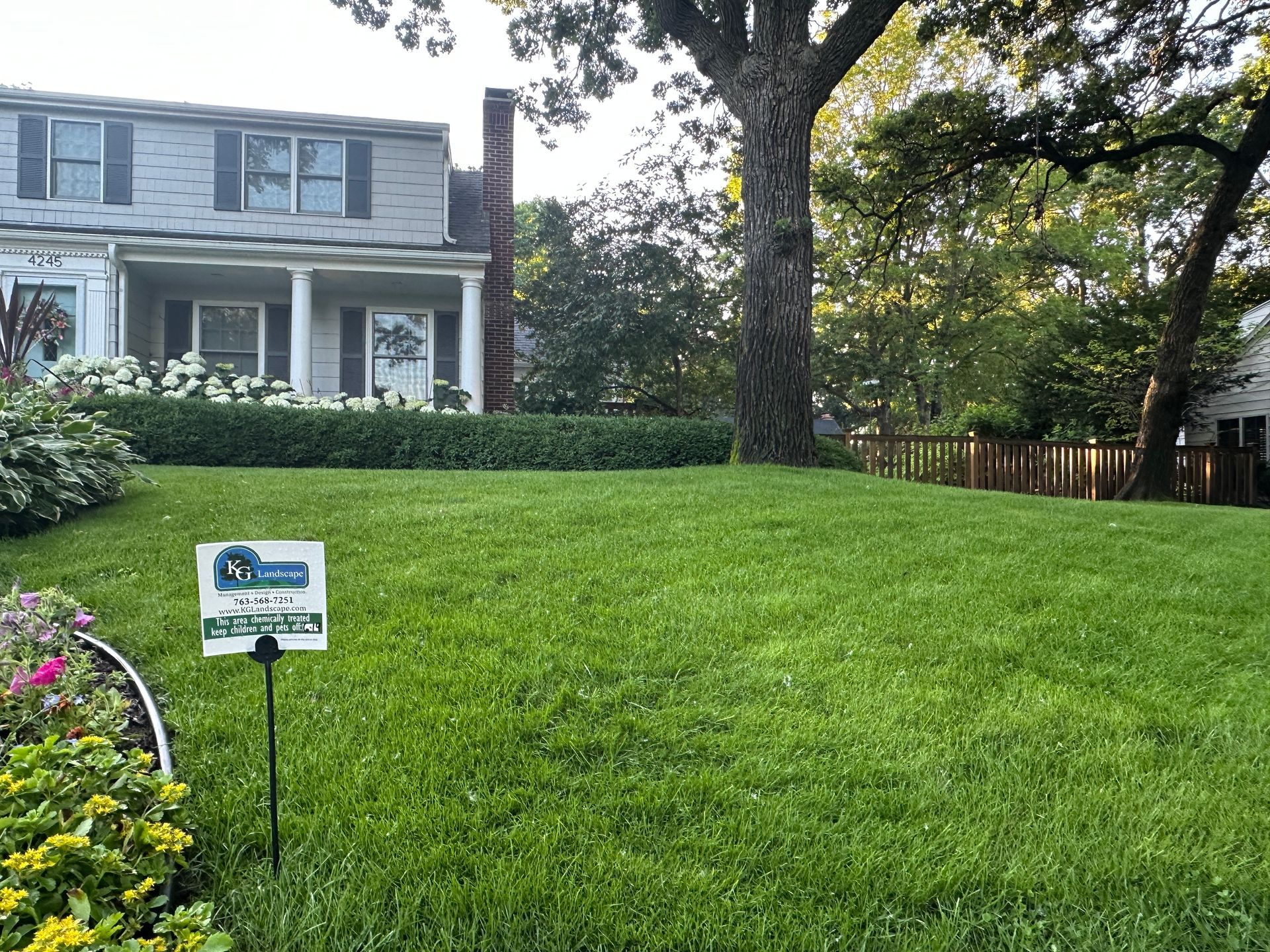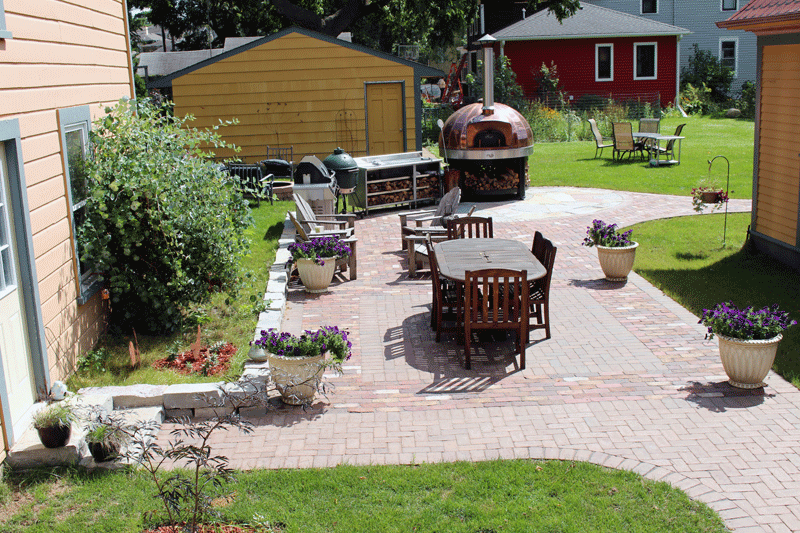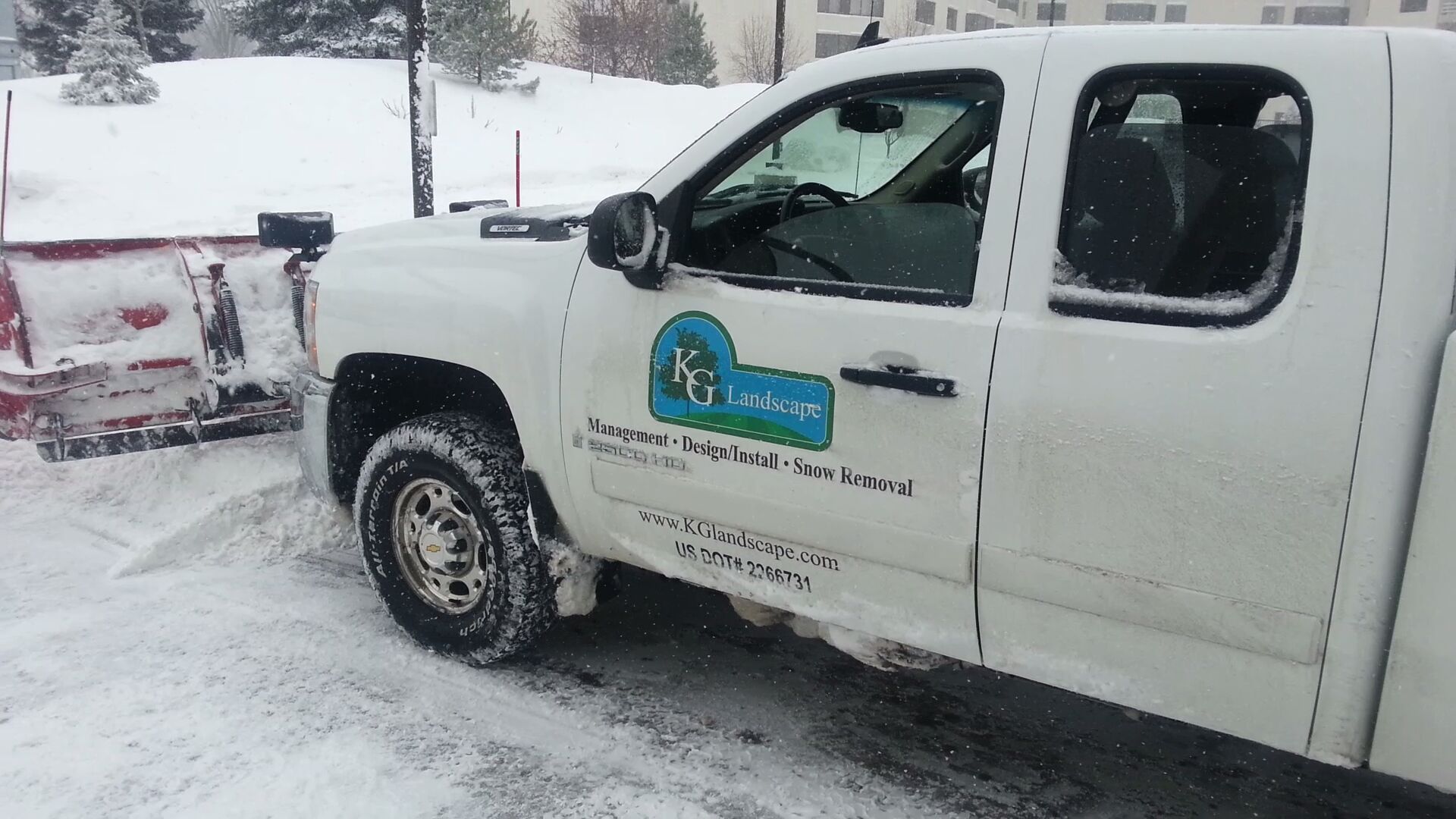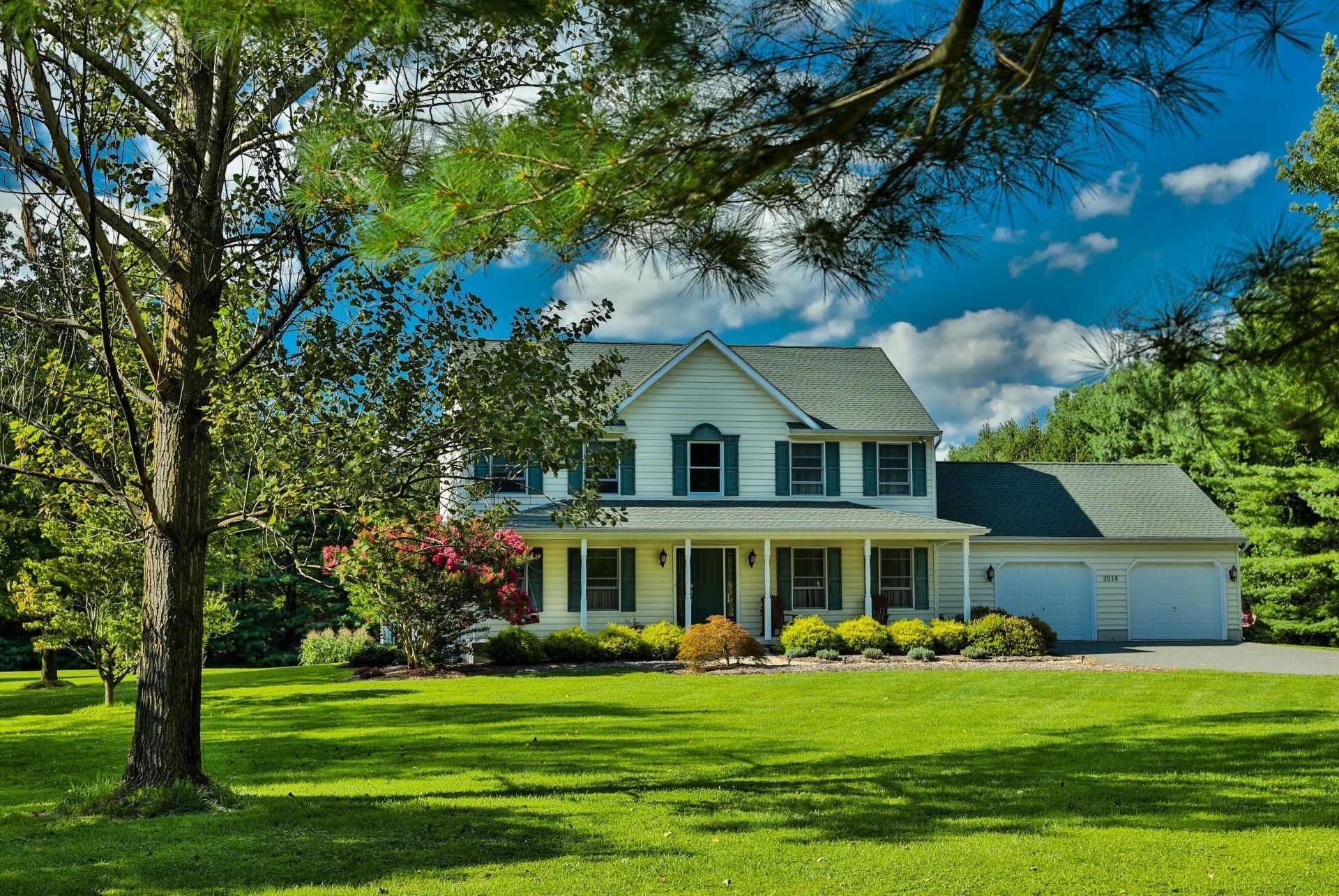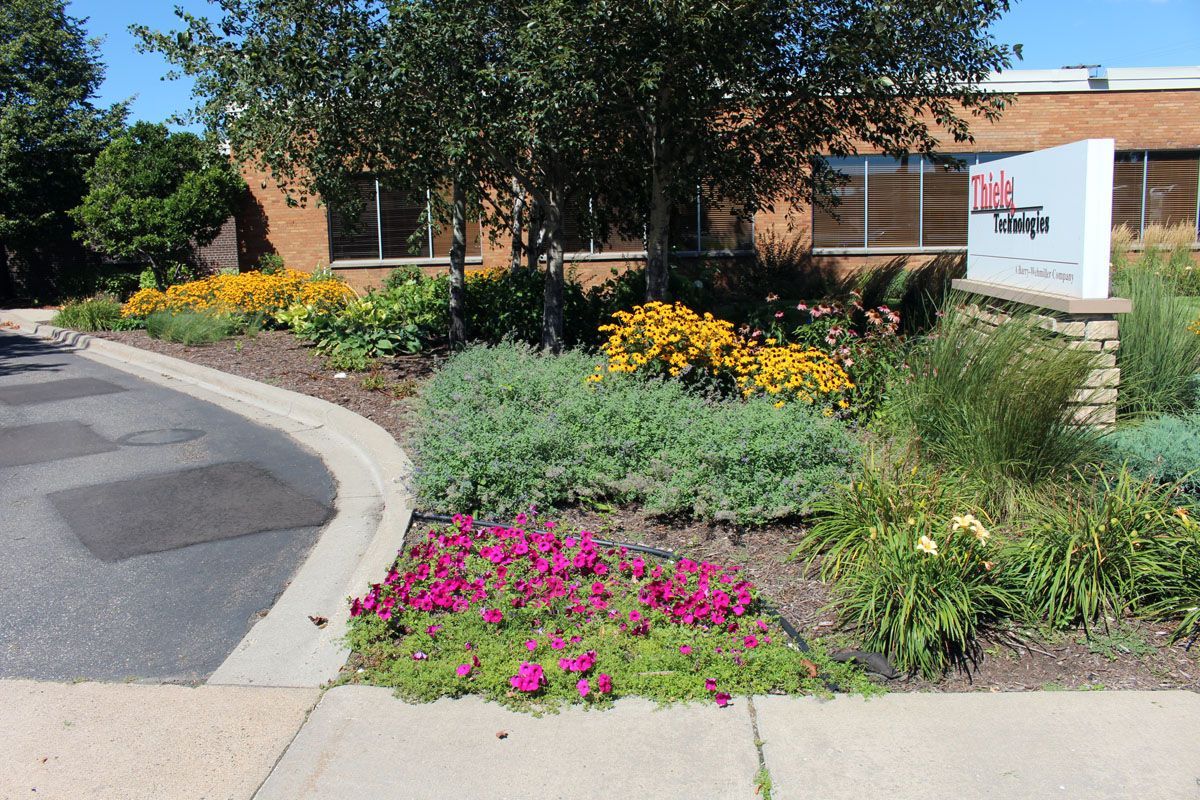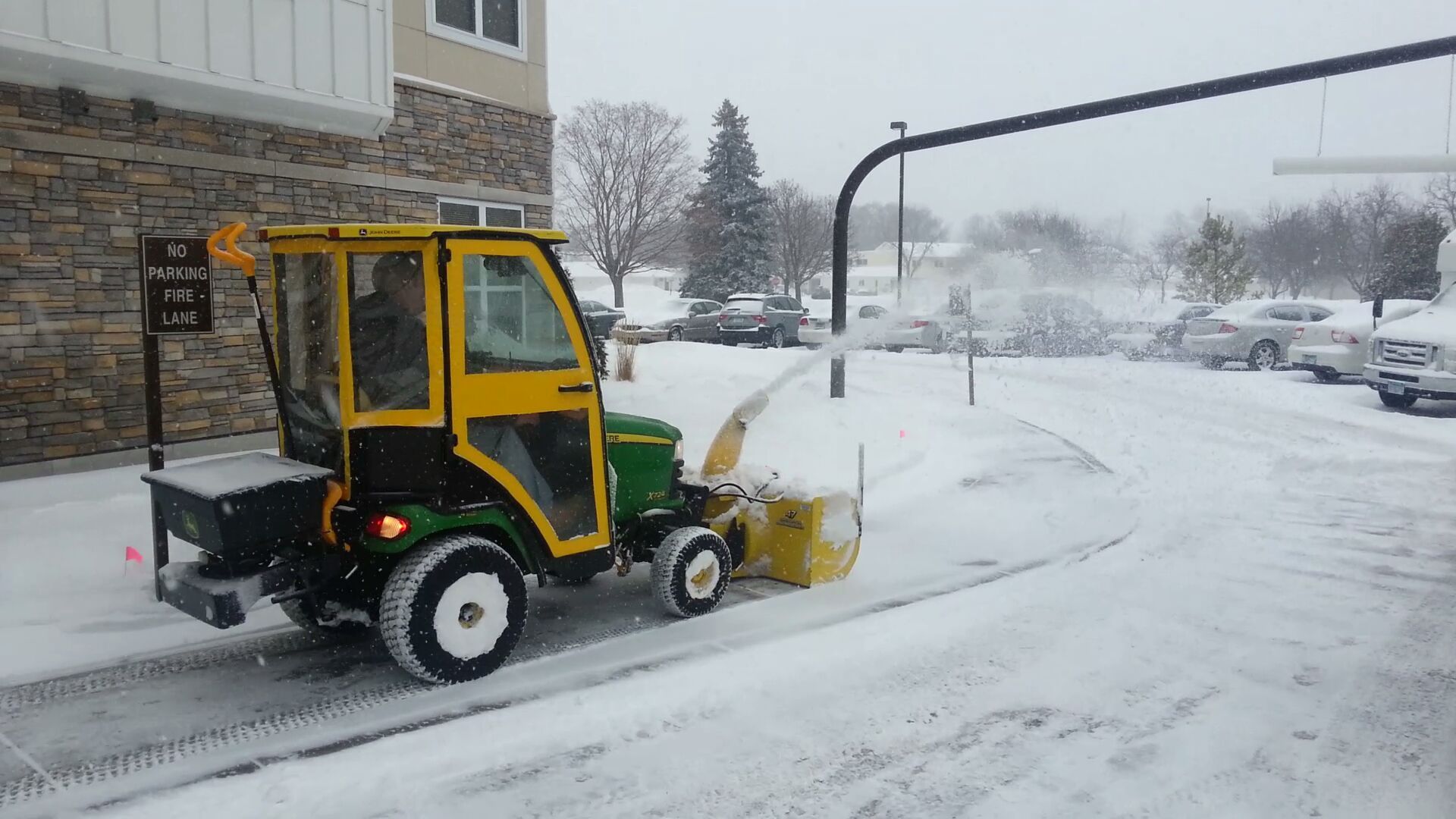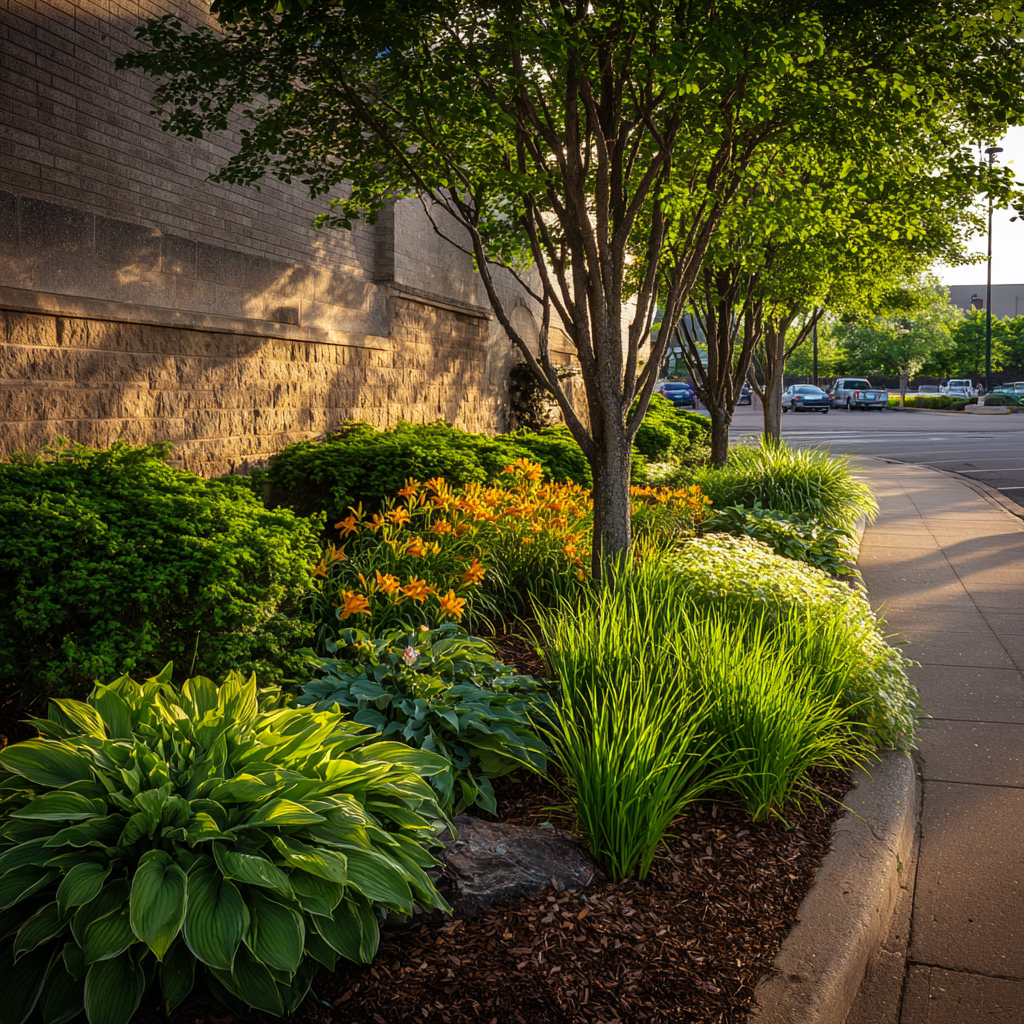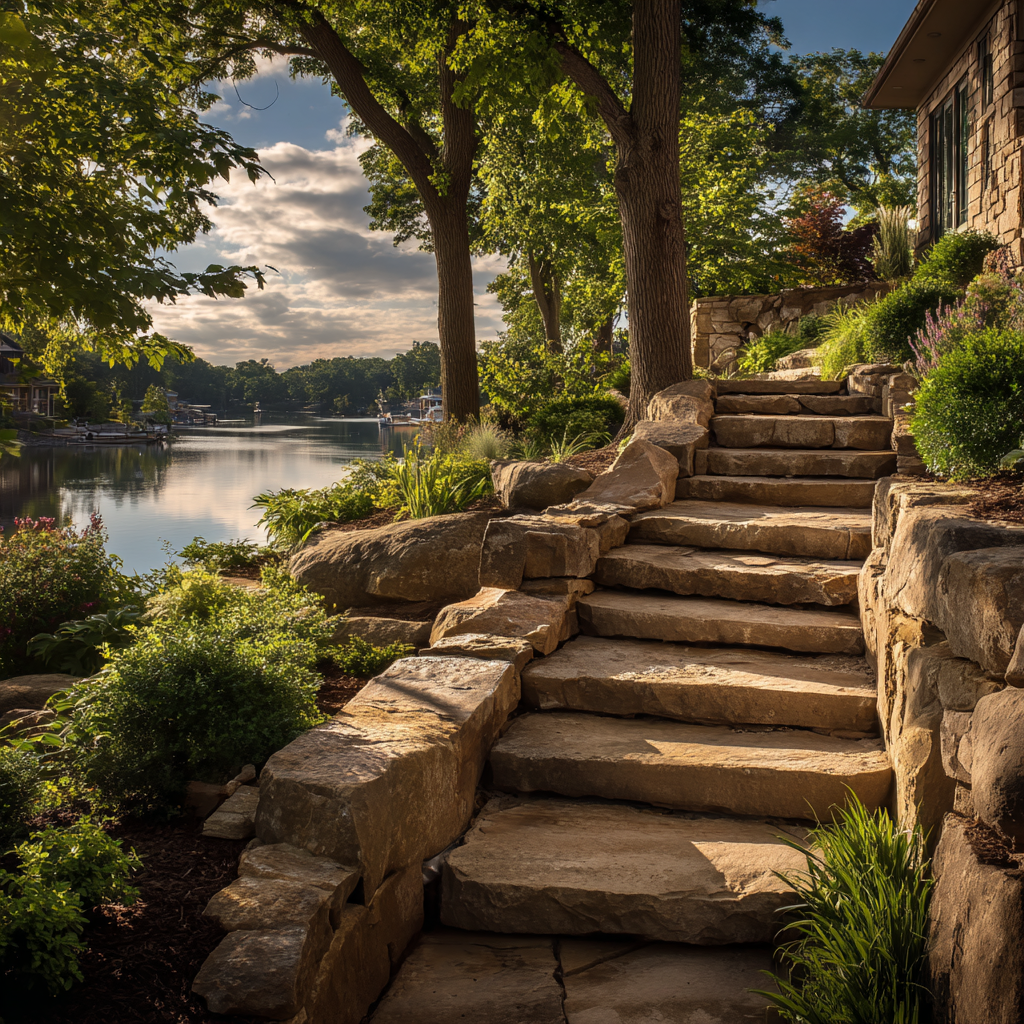How To Prevent Slip and Falls With Deicing Services
As winter descends, the likelihood of slip and fall incidents increases significantly due to icy conditions. We understand this all too well, having experienced it first-hand, and are aware that over
20,000 accidents
occur each year in the U.S. because of such conditions.
That is why we've delved into extensive research to find effective prevention practices. Our guide covers crucial tips on preventing slips and falls with deicing services, which could save you from unnecessary injuries or costly liability claims. Ready for a safer winter? Dive in!
Tips for Preventing Slip and Falls on Snow and Ice
To prevent slip and falls on snow and ice, it is crucial to apply ice melt and de-icing chemicals regularly.Apply Ice Melt and De-icing Chemicals
Ice melt and de-icing chemicals can minimize slips, trips, and falls on icy surfaces. Here are some helpful tips to maximize your safety:- Use Sodium Chloride : This is the most commonly used de-icing chemical that reduces snow and ice from sticking to pavements.
- Consider Liquid and Solid Ice Melt: Prevent snow and ice from building up on your concrete driveways or walkways by applying liquid or solid ice melts before snowfall begins.
- Utilize Drop Spreaders: For narrow pathways, use drop spreaders to distribute the ice melt evenly. That can significantly reduce the chance of slipping on an icy surface.
- Be mindful of Environmental Impact: Melting snow and ice can contaminate streams, storm drains, gardens, and wildlife habitats, leading to water pollution. So always use de-icing products responsibly.
- Avoid Driveway Damage: While sodium chloride effectively melts ice, it may cause damage to your driveway or car over time - actions should get taken to prevent this.
- Prioritize Pet Safety: Some types of salt used for de-icing can harm pets if ingested or come into contact with their paws - opt for pet-friendly deicers as needed.
Plow and Shovel Regularly
Keeping our walkways clear from ice and snow is crucial for everyone's safety. Here are some top tips to help you stay on top of harsh winter weather:- Make a habit of plowing regularly. You will prevent the build-up of hazardous ice and snow.
- Opt for shoveling early in the day, especially after a larger snowfall.
- Push the snow aside instead of lifting it - this can help reduce strain and injury risks.
- Use specific techniques to make shoveling less strenuous, such as knee-bending, not back bending.
- Remember to wear boots with slip-resistant soles while clearing sidewalks to avoid falling yourself.
- Monitor and service these areas regularly for the best results.
Use Warning Signs or Cones
Using warning signs or cones significantly improves safety during winter months. Here's how:- Deploy visible warning signs or hazard cones on icy patches, alerting everyone to the presence of potentially slippery surfaces.
- After treating areas with deicers, mark them with signs or cones to show they're safe for foot traffic.
- Pay special attention to areas with poor lighting or clutter where accidents are more likely to happen by ensuring they're well-marked using warning signs and cones.
- By promoting safety in your workplace, actively encourage the use of signage and cones across all sites during snowy or icy conditions.
Be Cautious on Ladders and Maintenance Stands
You must exercise caution when working on ladders and maintenance stands, especially during snowy and icy conditions. Falls from heights can lead to injuries.Always maintain three points of contact when climbing a ladder or scaffold, and avoid overreaching. By following these guidelines and staying alert, you can prevent accidents and ensure our safety while performing winter maintenance tasks.
Wear Appropriate Footwear
Slippery surfaces during winter can increase the risk of falls and injuries. To prevent such accidents, it is crucial to wear appropriate footwear. Slip-resistant shoes or boots with good traction are helpful for walking on snow and ice.Insulated and water-resistant footwear can protect your feet from cold temperatures and wet conditions. Lightweight shoes can also help decrease the chance of falling in winter weather.
Look for footwear with slip-resistant soles to minimize slipping on icy or snowy surfaces. Choosing the footwear that suits the task is crucial in preventing slip, trip, and fall incidents.
Importance of Salt and Deicers in Preventing Slip and Falls
Using salt and deicers is crucial in preventing slip and falls because they effectively remove slippery snow and ice from surfaces, creating safer conditions for walking or driving.How Salt and Deicers Remove Slippery Snow and Ice
De-icing salts play a huge role in removing slippery snow and ice from surfaces. When applied to icy areas, these salts melt the ice and reduce its adherence to pavements.That helps create better traction, making it safer for people to walk or drive on these surfaces. Additionally, deicers lower the freezing point of water, which prevents the formation of new ice.
By breaking the bond between ice and pavement, salt makes it easier to remove snow and ice through plowing or shoveling.
Proper Usage of Salt and De-icing Chemicals
Using salt and de-icing chemicals correctly is crucial in preventing slips and falls on icy surfaces. Here are some tips to keep in mind:- Apply the right amount: Use the recommended amount of salt or deicer for the area you're treating. Remember, using too much can be ineffective and wasteful.
- Distribute evenly: Spread the salt or deicer evenly across the surface you want to treat. That ensures proper coverage and maximum effectiveness.
- Time it right: Apply the salt or deicer before the snow or ice accumulates. This proactive approach helps prevent bonding and makes removal easier in the long run.
- Before applying any salt or deicer, remove as much snow as possible from the area. That allows the chemicals to work more efficiently and provides a safer surface.
- Store properly: Keep your salt and de-icing chemicals in a dry place with proper ventilation to maintain their effectiveness over time.
Trust in a Snow Removal Company - KG Landscape
KG Landscape is a reliable and professional snow removal company that takes pride in ensuring the safety of their clients' properties during winter weather conditions.Monitor and Service These Sites to Prevent Cost and Injury
We understand that preventing slip and falls during winter is crucial for property owners and managers. That's why you’ll want to monitor and service these sites regularly.By doing so, you can prevent costly lawsuits and injuries caused by slippery snow and ice buildup. Keeping walkways clear of snow through reliable snow plowing services, promptly shoveling to prevent rock-hard ice formation, and managing ice with salt and deicers are all necessary to ensure a safe environment.
Trusting in a reputable snow removal company like KG Landscape can provide you with the expertise needed to effectively monitor and service these sites, thus reducing the risk of accidents while saving on costs associated with liabilities.
Conclusion
Preventing slip and falls on snow and ice is crucial to ensure winter safety.By using deicing services, applying ice melt, plowing regularly, using warning signs or cones, being cautious on ladders and maintenance stands, wearing appropriate footwear, and trusting in a reliable snow removal company like
KG Landscape
, you can significantly reduce the risk of accidents.
Don't let slippery surfaces put you at risk - take proactive measures to keep yourself and others safe during Minnesota winters.

